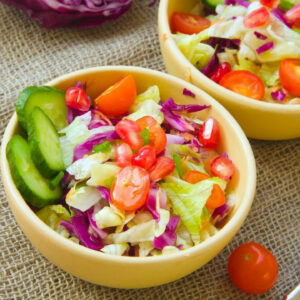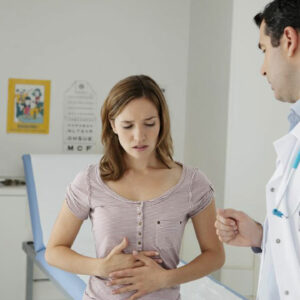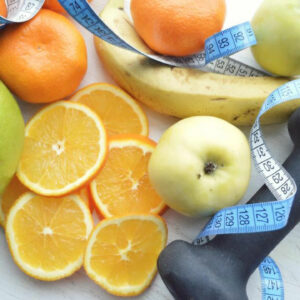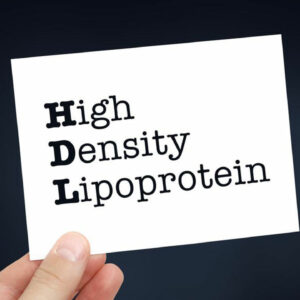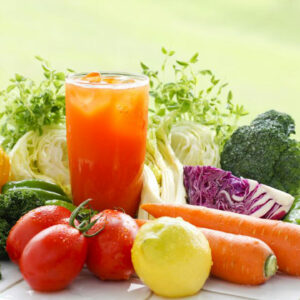
01
Best Liquid Diet Plans to Help Your Body Recover
The best liquid diet plans are based on the idea that solid foods are eliminated from your diet and all your calorie intake comes from liquids. You can replace all your meals with fruit or vegetable juices, or you can choose to replace one or two meals of a day along with a few healthy snacks. The best liquid diet plans can be used for a variety of purposes from weight loss to being diets after certain surgeries. Liquid diet for weight loss There are many kinds of liquid diets that will help with weight loss. Consulting with a physician and educating yourself about these diets will go a long way in ensuring that you get the right plan for yourself. At its simplest, weight loss occurs when more calories are burnt than consumed. An average person requires 2000 calories a day. Most liquid diets provide a calorie count that is much lesser than that. Hence, once you put yourself on a liquid diet, you are bound to lose weight. Most liquid diets for weight loss will recommend consuming fruit juices. You can opt for juices that you make at home, or you can even buy juices outside. If you choose the latter, remember to choose juices that are low in sugar, or else it will be counterproductive to your weight loss objective. Other liquids you can choose to take are smoothies, soups, and vegetable juices. Remember to consult with your physician before embarking on the best liquid diet plans for weight loss. Cut up some pineapple, beets, cabbage, carrots, spinach, and orange. Dump it in a blender and blend until smooth. Keep any pulp in for its high fibrous content. This recipe is not just healthy; it is tasty too. Liquid diet for detoxification Everyone you know and their grandmothers are talking about going on a detox diet.
Read More 

